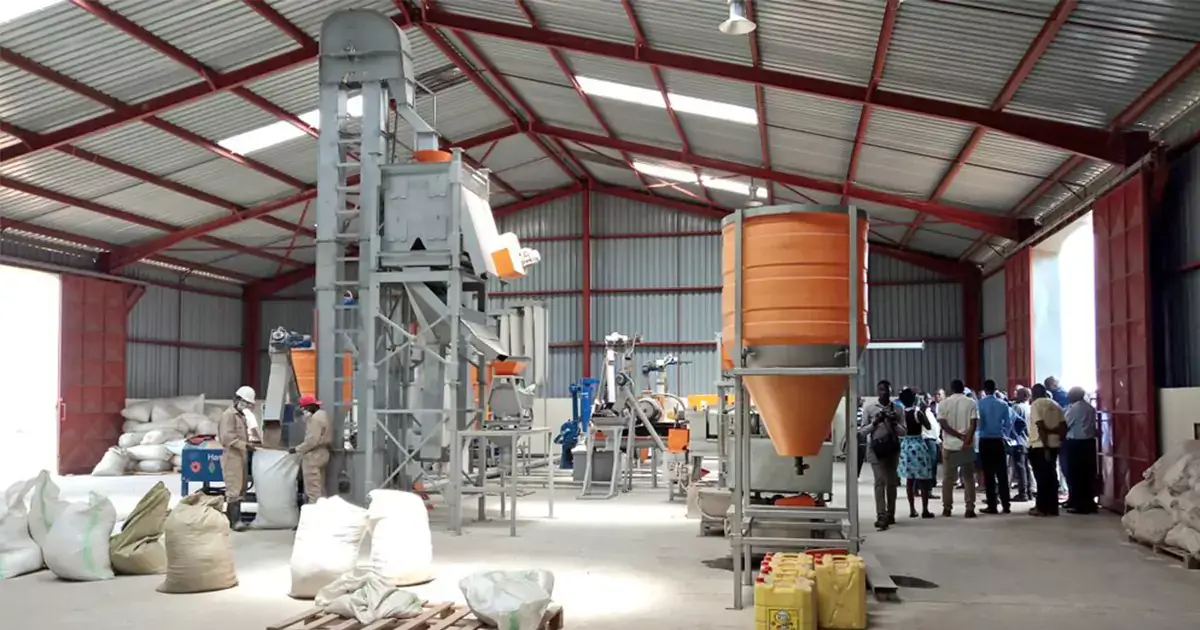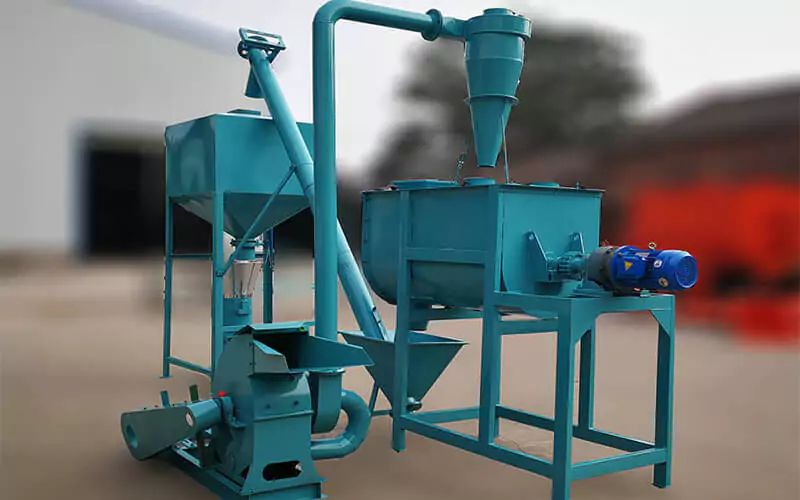
| Price | 3000-50000 USD |
| Delivery Time | 20-25 days |
| Available | In Stock |
| Package | In Free Fumigation Wood Box |
| Guarantee | 1 Year |
| Shipping | By Sea or By Air |
| Payment Method | Wire Transfer or Western Union |
| Brand | Victor |
Small Pellet Production Line Overview
| Production Output | 0.5-2 t/h |
| Power | Electric motor |
| Voltage | 110-415V |
| Raw Materials | Cereal, corn, wheat, barley flour, soybean, oil seed meal, fish meal, bone powder, grass meal, hay meal, etc |
| Type | flat die type |
| Final Pellet Size | 0.9-10 mm |
| Application | animal feed and poultry feed pellets |
| Used For | chicken feed, cattle feed , goat/sheep feed, rabbit feed, deer feed |
working video of small pellet production line
small pellet production line for Poultry & Livestock
Do you run a farm business? do you need affordable ways to make animal food? Our small pellet production line works for chicken food, fish meals, or any livestock food. With tough competition today, smart farmers always seek money-saving ways.
Making good food for chickens, fish, and farm animals needs machines Work fast, Never break, Save cash. That’s why our home pellet machine is perfect!
Making animal food shouldn’t be scary or cost a lot of money. Our mini pellet production plant gives you a simple way that fits your farm and saves your money. Get 3 big wins: 1. Save money. 2.Always make good food. 3. Grow your farm business smartly. Now boost your farm with our home pellet production system.
Cost-Effective Animal Feed Solutions: Energy Savings & Lower Startup Costs
Cost-Effective Solutions
small home pellet production system can help small farms to make better animal food. the lines are lower startup cost but still can make better food, working great without breaking your budget.
Versatility for Different Animal Feeds
it can make food for chickens, cattle, sheep or other animals and poultry. Our small compact pellet production machinery can match your different demand. you can change different food size and recipe to feed different animals properly.
Ease of Use and Maintenance
it is designed for farmers, small pellet plant is easy to use. you do not need to worry about anything even if you first time make animal food. the line has simple buttons and clear steps let you begin like a pro.
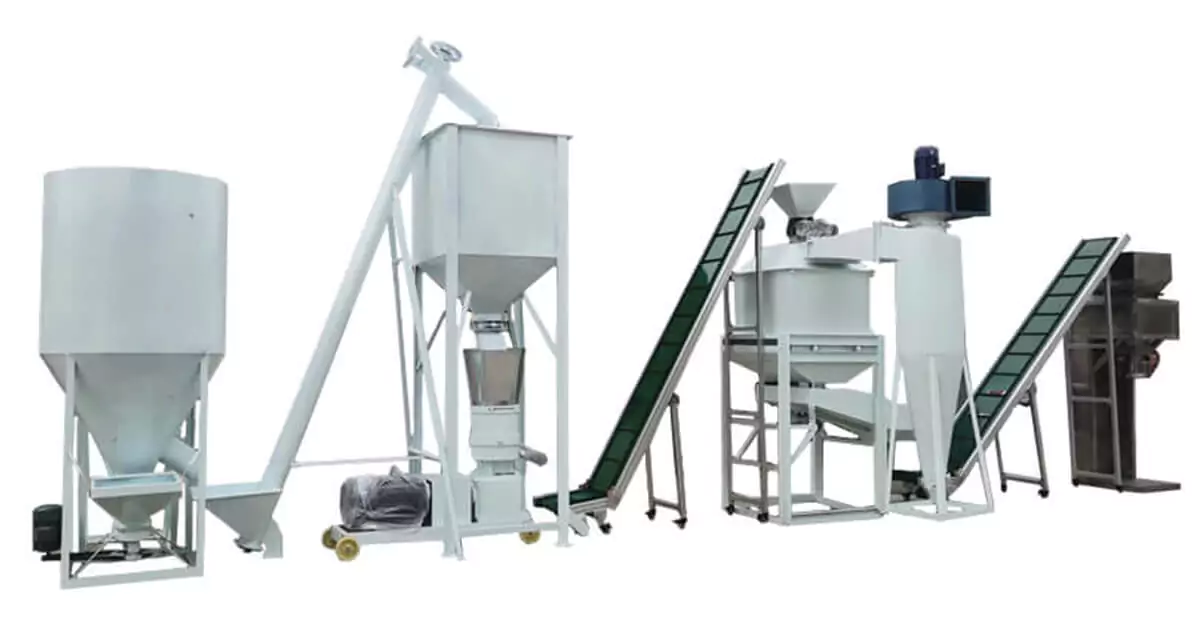
What You Need to Know
Features of Small Pellet Production Line
Cost-effective Solutions
Our small pellet production line is built just for small farms and workshops. It saves money while making better food size that fit your animals perfectly.
Compact Machinery
Small pellet plant works great in tight spaces but still make top-quality animal food.
Easy Operation
Home pellet production systems have easy buttons, letting anyone make animal food – even first-timers!
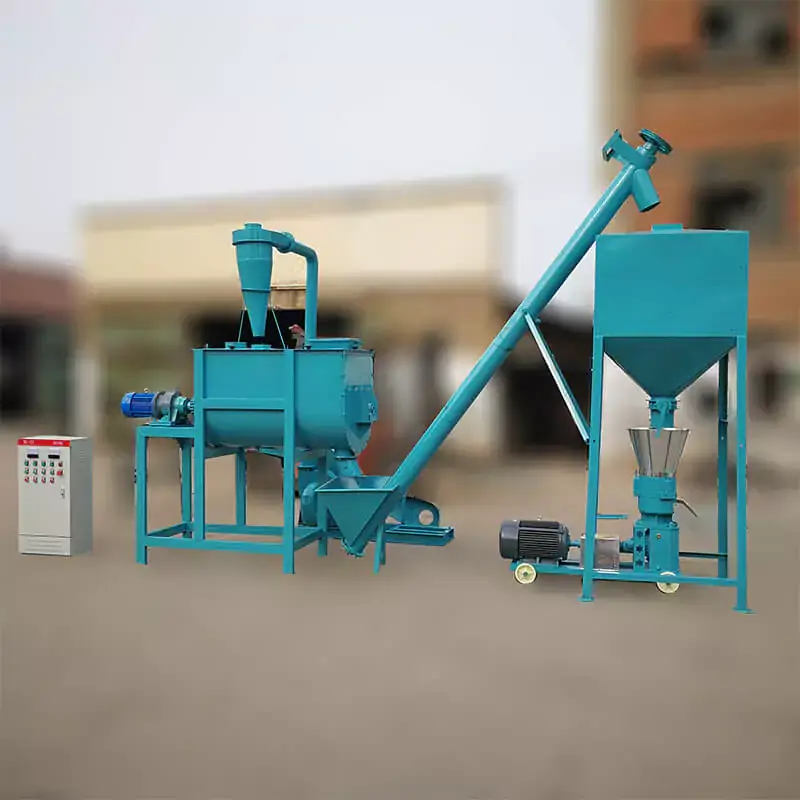
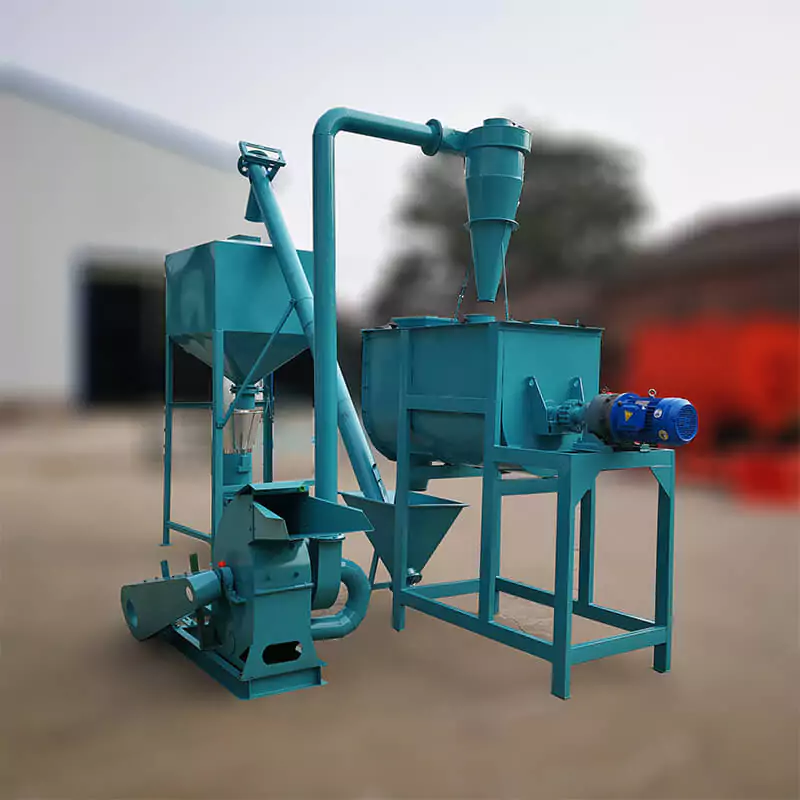
Core Equipment in Small Feed Pellet Production Line
Pellet Mill: The Heart of Small Feed Pellet Production
The pellet mill is a key equipment in small feed pellet production line. It can turn materials like corn, soybeans, and other materials into animal and poultry feed. This process involves four steps: 1. Crush materials. 2. Mix ingredients. 3. Shape into pellets. 4. Dry ifneeded
The finished feed are all at the same size, you can adjust crunch and wetness. just choose the machine type that fits your farm’s needs best.
Cooling System: Stabilizing the Pellets
when the pellet comes out from the compact pellet production machinery, they are hot. They need to cool down first. The cooling machine does 2 important jobs: 1. Lowers the feed temperature 2. Removes extra water. cooling machine blow cool air to dry the granules before packing. This can make the granules fresh and stored longer.
Packaging System: Preparing for Sale or Distribution
The packing machine make animal food in store in clean, sealed bags.
the machine does 3 key jobs: 1. Weighing granules perfectly. 2. sealing bags tightly. 3. Stamps labels clearly.
you can bag them in any size from small packs to big pack. Your customers always get fresh, nutrient-packed pellets that look professional.
Other Feed Processing Equipment: Enhancing Efficiency
Besides the main machines, you can use other equipment to work better together:
- Grinders: crushing materials into fine powder first for making perfect feed.
- Mixers: mixing all ingredients evenly for better nutrition .
- Conveyors: transporting materials between machines automatically.
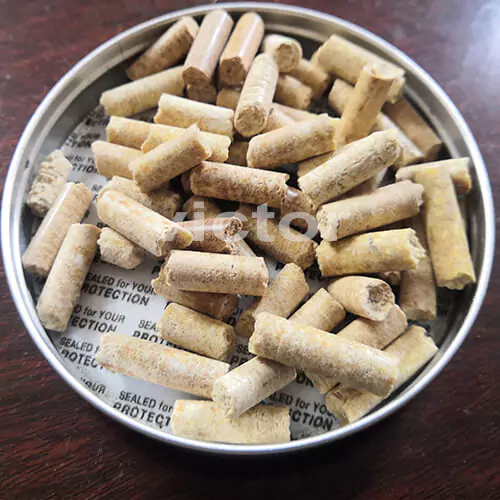
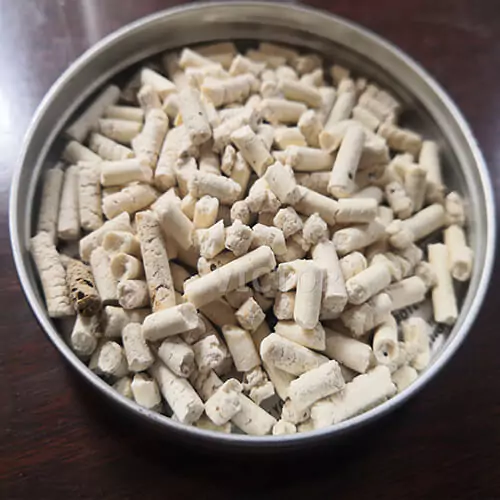
how to setup small pellet production line
you need make a better plan for starting a small pellet production line. you must ensure the plant meets your demand and you should follow the industry rules.
setting up a small pellet line is doable when you make a good plan and follow best steps. you should clear what your business need, and you can talk with experts.
you must always focus on safety first, then smooth work and good quality for success. Here’s an easy guide to help you set up your small pellet plant.
1. Identify Your Needs and Objectives
you should know what kind of feed you want to make and how much production you want to make. This will help you choose the right compact pellet production machinery through the whole setup work.
2. Select the Right Equipment
you can choose the machines that match what you need to make.
Granulation Machine: choose the correct size and strength.
Hammer Mill: for crushing raw materials.
Dryer: for removing moisture.
Cooler: for cooling down pellet temperature.
Conveyor System: for moving final feed quickly.
3. Determine the Layout
Plan the layout to make sure the line can work smoothly and is easy to use. and you should always follow safety rules.
4. Secure Necessary Permits
Check out local rules at first and get all the permits or licenses you need.
5. Installation
Hire experts or follow supplier steps for setup. Check out proper fit and settings.
6. Testing
Run a test batch at first to find out possible issues. Then make any changes needed.
7. Train Your Staff
give proper training to keep operations smooth and follow all safety rules.
8. Apply Quality Control
set up routine checks and quality check steps to keep all things right and meet industry rules.
9. Maintain Regular Maintenance
Schedule routine maintenance to stop sudden breaks, this can help your small pellet production line works longer.
